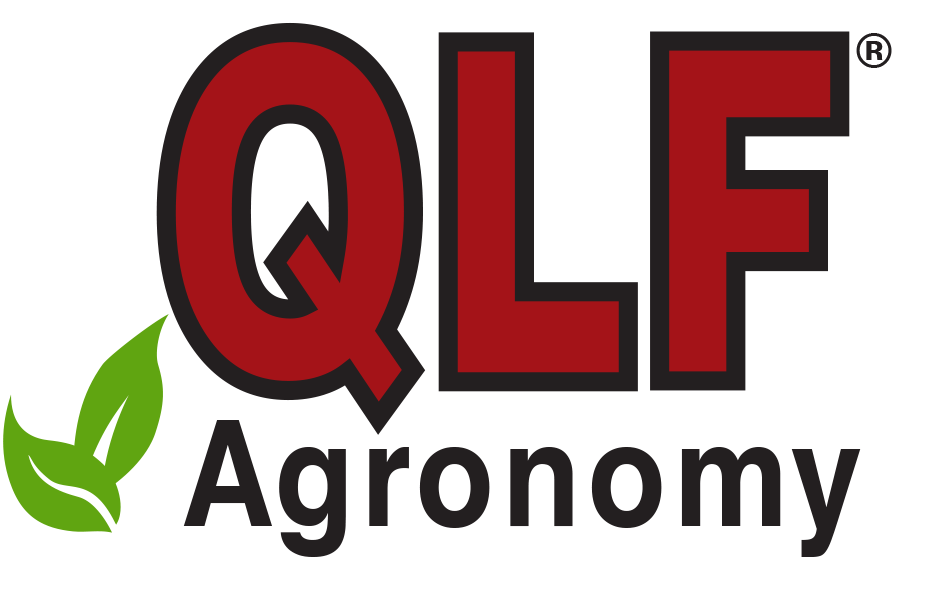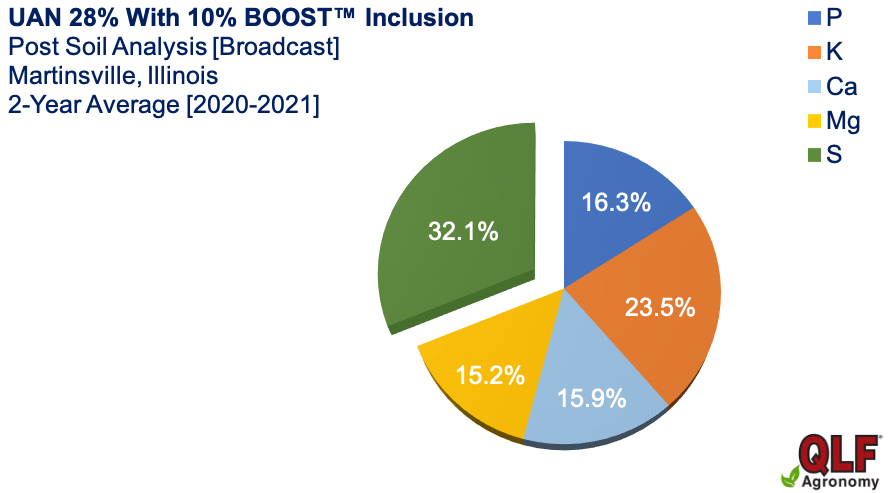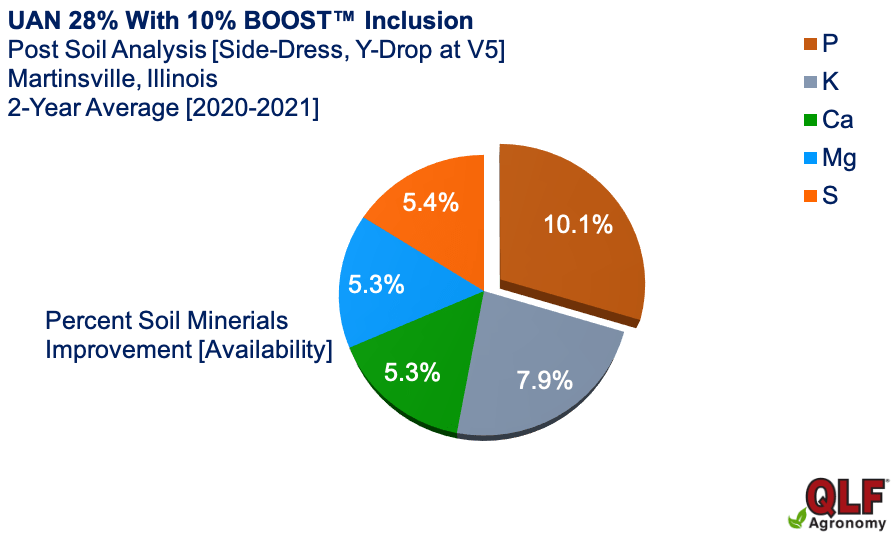Nutrient Use Efficiency By Looking At Soil Minerals Availability
Disclaimer: This article was first published on QLF's blog on June 20, 2023, written by Greg Clark, QLF Agronomy Field Research Agronomist. Visit qlf.com for more information.

Variations for plant growth and development and mineral nutrient availability for plants are known to be influenced by genetic and physiological control and are altered by plant interactions with environmental variables and quality-grade commercial fertilizers. The uptake of minerals by plants is heavily dependent on developing high-yielding cultivars. Identification of traits such as mineral absorption, cellular transport, and mineral mobilization in plant cultivars can enhance fertilizer use efficiency, which has been documented in QLF Agronomy replicated trials.
Plant growth and development depend on their ability to sequester all mineral nutrients from the soil. Plants often encounter considerable challenges in attaining an adequate quantity of these mineral nutrients to meet the requirements of cellular progressions due to their relative immobility. Nutrient deficiency can also lead to reduced overall soil biodiversity since plants serve as the manufacturers that support most food webs.
Over the past several years, agricultural industries have been focused on the Nitrogen [N] portion for improving soil and plant efficiency. However, we cannot forget the importance of the remaining primary and secondary nutrients. This research report highlights how Liquid Carbon-Based Fertilizers [L-CBF] not only capitalize on N soil accessibility but also unlock the remaining primary and secondary nutrients as well.
QLF Agronomy field research has continued to demonstrate that L-CBF has increased the biological soil activity as a source of available carbon [C] supplying energy within the soil system. But what about improving soil minerals available for plants? Two corn trials were established from 2020 to 2021 in Illinois. The trials were established at an independent third-party research facility in Martinsville, Illinois [80 miles southeast of Champaign, Illinois]. The objectives of the trials were to evaluate absolute growth rate change by determining if L-CBF products applied as broadcast and side-dress applications improved soil mineral availability in corn via soil test [9-inch depth].
QLF Agronomy Research compared a blend of 10% L-CBF BOOST™ 4-0-3-2 S [4 GPA] and 90% Urea Ammonium Nitrate, 28% [UAN 36 GPA], as opposed to a full rate of UAN 28% [40 GPA]. The data demonstrated that the QLF L-CBF treatment applied at broadcast [before planting] and again at side dress [Y-Drop at V5 corn growth stage] improved soil minerals availability by improving the absolute growth rate among minerals at Martinsville, Illinois. Charts 1 and 2 validate how ten percent of L-CBF BOOST™ inclusion with UAN 28% improved soil mineral availability for corn growth and development while providing the soil microbes with biodiversity at two distinctive application times. Both graphs exhibit that all mineral nutrients have transcended plant availability over the UAN 28% treatment, thus supporting that L-CBF BOOST™ with UAN 28% has the necessary tools to compete effectively in today’s high-demand agricultural sector for minerals uptake and mobilization in corn cultivars.
Chart 1: Broadcast Application [BOOST™+UAN vs UAN].

Chart 2: Side-Dress Application [BOOST™+UAN vs UAN].

